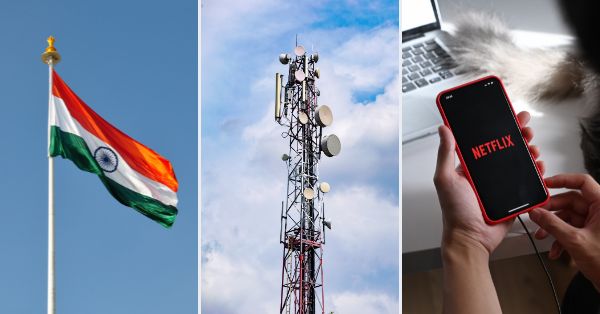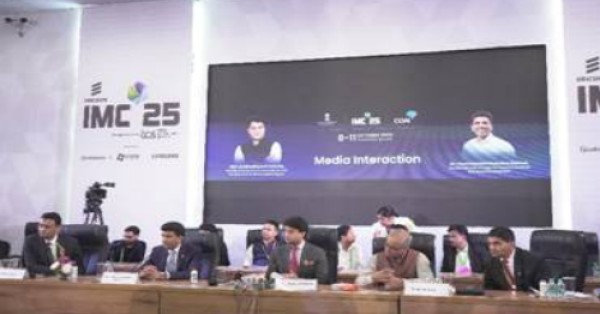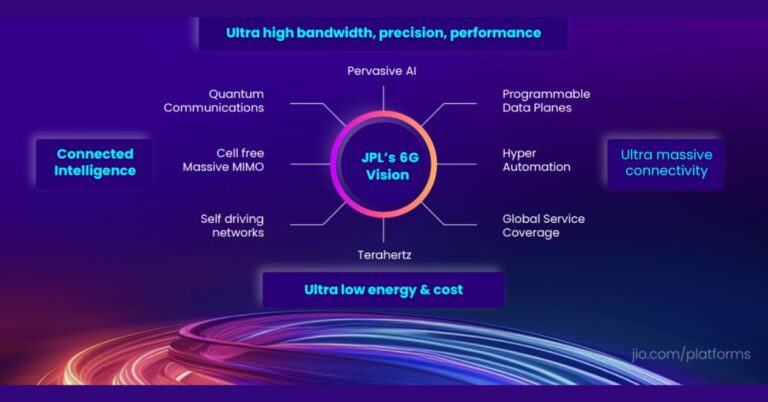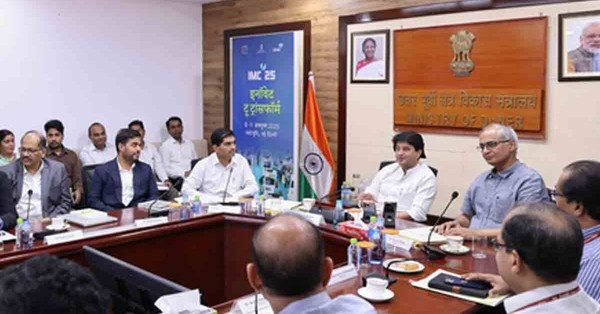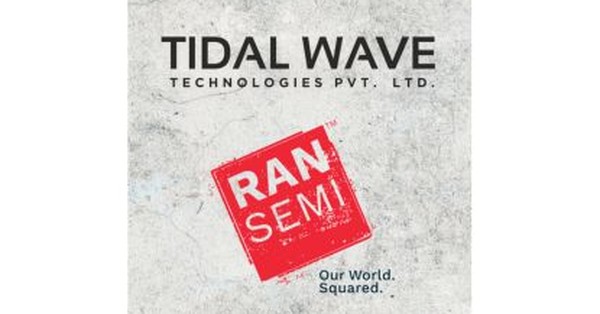- Tech News & Insight
- October 20, 2025
- Hema Kadia
Enterprise demand is shifting from project-based consulting to managed, outcome-driven operations infused with AI and data. By combining WNS's scaled operations with Capgemini's consulting, engineering, and cloud capabilities, the company aims to capture this demand with end-to-end, AI-enabled "run and transform" offerings. The deal expands Capgemini's delivery footprint in India,






